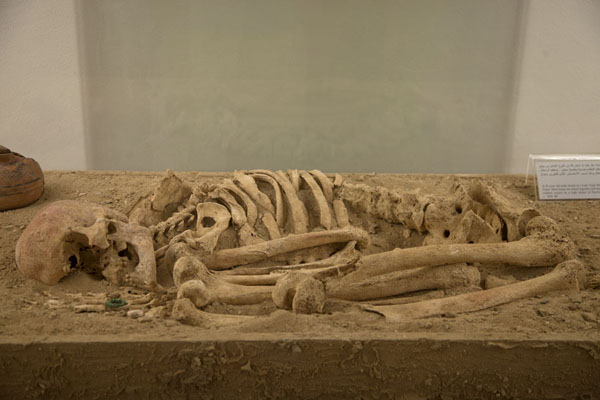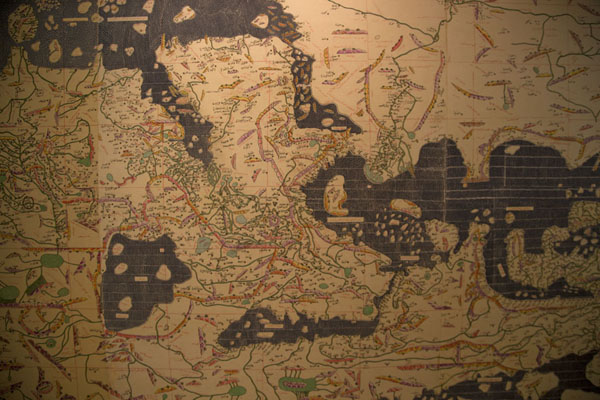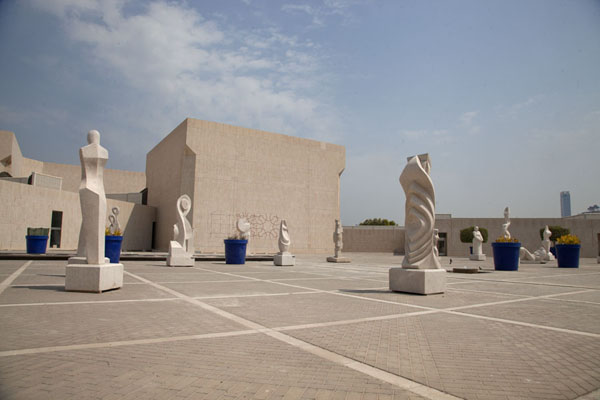


Personal travel impressions both in words and images from Bahrain National Museum (Bahrain). Clicking on the pictures enlarges them and enables you to send the picture as a free e-card or download it for personal use, for instance, on your weblog. Or click on the map above to visit more places close to Bahrain National Museum.
Read more about this site.